Product "Jaguar": UAZ, which learned to swim
Defense Project
The birth of the product under the code "Jaguar" or UAZ-3907 was connected with the desire of the USSR Ministry of Defense in the early 70s to immediately receive a whole line of light amphibians. One of them was supposed to be the machine of the River project, about which discussed earlier in the article from the column "Engineering Troops and Transport". This "floating" was developed at the Volga Automobile Plant and was, in fact, almost the only major defense project of the enterprise. At the same time, VAZ engineers received an order to develop an amphibian based on the Niva back in 1972, and a similar order came to UAZ only at the end of 1976. Although the concepts were similar - a floating car that feels confident on the track and on heavy off-road, but the weight categories were different. VAZ-2122 "River" took on board 4 people, while the terms of reference required the UAZ-3907 to accommodate 7 fighters. Evgeny Kochnev in his book “Cars of the Soviet Army” even writes about 11 regular passengers - although this is most likely a “record” achieved during the tests. It is noteworthy that both projects initially went in an atmosphere of strict secrecy, and the developers from Ulyanovsk and Tolyatti did not know about the existence of similar amphibians from each other. And when mean rumors about the tests began to leak out, for a long time it was believed that the Ministry of Defense had arranged a kind of competition between the plants for the best embodiment of a floating machine. As a result, as we know, not one of these vehicles saw the army service. And for civilian exploitation, a potential market, even taking into account access to an international scale (taking into account all compliance with all certification standards), could not recoup some of the costs of development and production. Therefore, the machines of the River and Jaguar projects were intended exclusively for the military, amphibians for hunters and fishermen could become only by-products.
The official birthday of a floating UAZ can be considered December 16, 1976, when the Council of Ministers of the USSR, together with the Central Committee of the CPSU, issued Resolution No. 1043-361, which described in sufficient detail the requirements for future amphibians. From the very beginning it was clear that under the “Jaguar” they would adapt the proven and sufficiently reliable UAZ-469 (3151) platform. Airborne assault units, marine reconnaissance, as well as special forces appointed new items in the army as the “target audience”. In addition, they planned to use the Jaguar as a control and communication machine.
For such an amphibian, with its carrying capacity with a driver, about 600 kilograms of the standard UMZ-414 motor (75 hp) was not enough - an engine with a power from 90 to 100 hp was required. Work was already underway on this engine at the Ulyanovsk Motor Plant, it received the UMZ-421 index and in the early 80s was supposed to get on the Jaguar car for the first time. But all this remained in the plans - the amphibian in most of the released copies was equipped with an outdated and weak 414th engine in 75 liters. from. In addition to the engine, the task described the requirements for the unification of the gearbox with other UAZ models and the development of a new transfer case.
Jaguar stands on its paws
Despite the beautiful name of the Jaguar OCD, which refers us to both the South American predator and the legendary British company, the amphibian from Ulyanovsk turned out to be plain. Firstly, it looked much more like a boat on wheels than the Togliatti River, which can also be called elegant with a stretch. This was dictated by the requirements for buoyancy of a loaded machine and resistance to waves on a water surface. The plans, as already mentioned above, were to equip the Marine Corps units with a floating UAZ, which meant that the machine could plow the coastal zone of the sea with waves up to two points. Secondly, the appearance was spoiled by a long hood, which also worsened the visibility area of the driver, and a short UAZ-469 base, which is why the amphibian had impressive overhangs.
It is possible that, due to its characteristic appearance, the machine would have received a fair nickname "Crocodile" in the troops. And, by the way, “Jaguar” from the very beginning was not the official name of the Oise amphibian - it was just an OCD code. If we are talking about animals, then we can not help but mention the only developed modification of amphibian under the index 39071, which was given the name "Cormorant". It is not known whether this was the official name of the future production car or just the OCD code, but the amphibian was developed under the order of the KGB for the Border Troops. Then there was a certain bureaucratic delay that did not allow the development of amphibians through one order - it was necessary to organize separate OCD from the Moscow Region and the KGB. The "Baklan" differed from the "Jaguar" only in the nuances of equipment - arcs for six pairs of skis, radio quinces "Aiva-A" and R-143-04, short-range radar 1RL-136, a cage for a service dog and mounts for RPK-74, AK -74 and night vision device 1PN-50. Since the work on the "Cormorant" was organized later than the launch of the Jaguar, the amphibian received a more powerful engine of 92 liters. from.
The key feature of the UAZ-3907 was the propellers located immediately behind the front axle. This was a rather unusual layout decision, dictated primarily by concern for geometric cross. Two rather large four-blade propellers, and even with a water rudder in the tail, seriously complicated the descent of amphibians into the water. Therefore, the screws were fastened to a three-shaft power take-off box, which also, according to one version, set in motion a pump for pumping overboard water (again, for Yevgeny Kochnev, one of the shafts of the box is responsible for driving the winch - this is most likely closer to the truth). On the first versions of the Jaguar, the water rudder was still present, but it was located in a very vulnerable place, which is why it often broke off. And at one point in the test, a car with an absent rudder entered the water, but did not at all lose its maneuverability. It turned out that the steering wheel turned synchronously with the wheels, through the arches of which the screws drove off the streams of water, turning the amphibian's nose. This turned out to be quite enough, and it was decided to leave the Jaguar without ship rudders under the bottom. The result is a unique design that has not been tested anywhere else. By the way, the propellers allowed to abandon the special "floating" wheels with developed lugs, which VAZ engineers had to resort to when developing the River project.
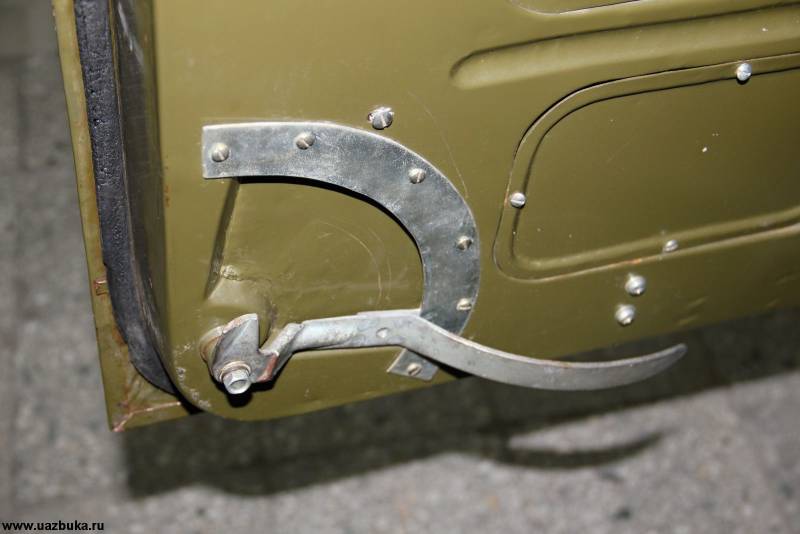
Zadrayka to seal the body before the "water procedures". On average, it took 5 minutes to bring the car into swimming mode.
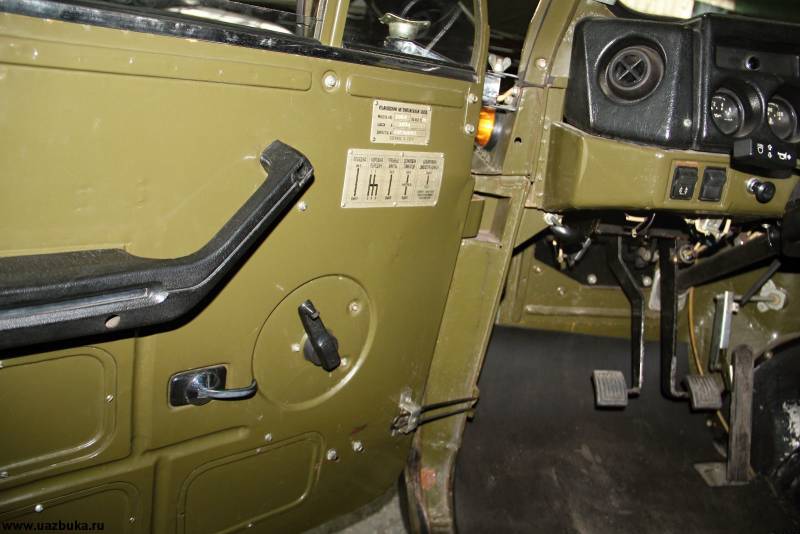
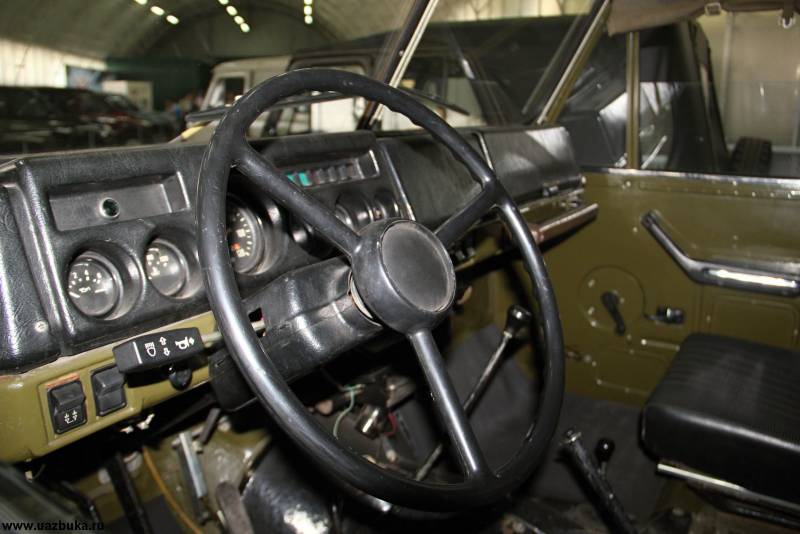
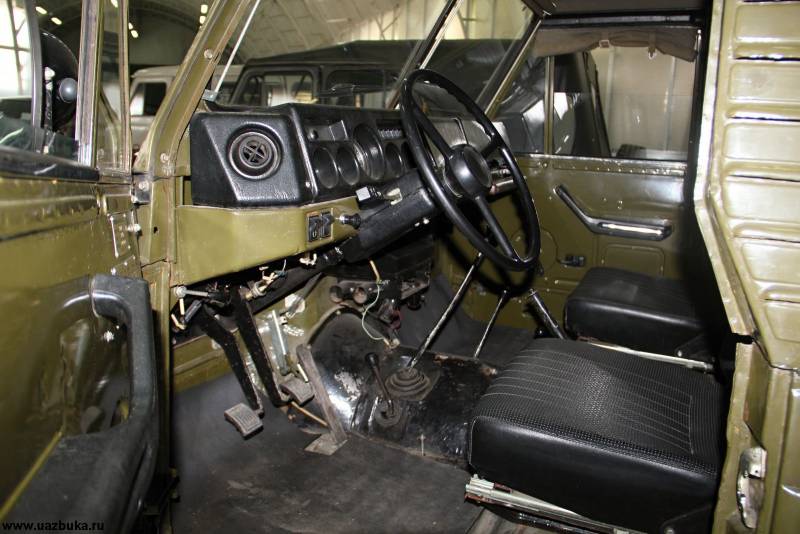
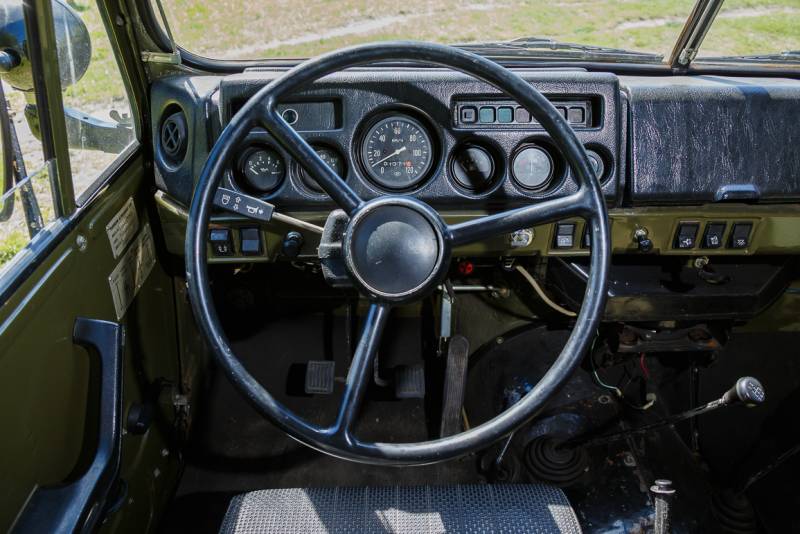
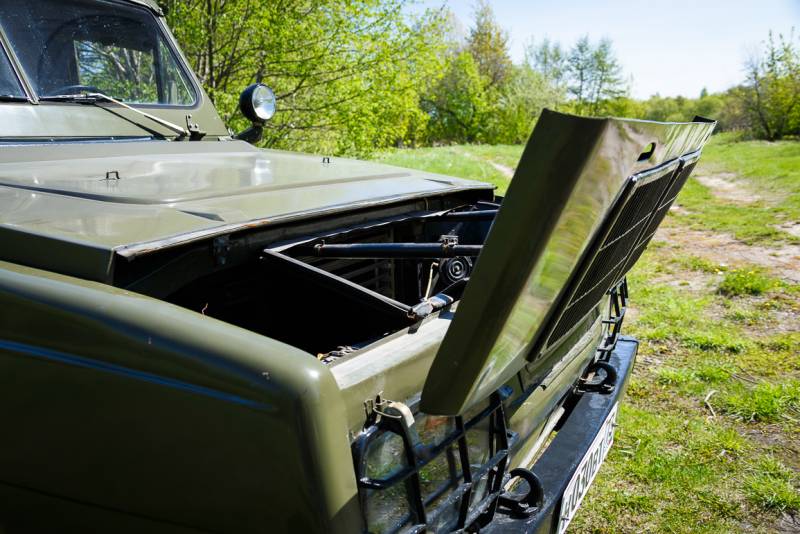
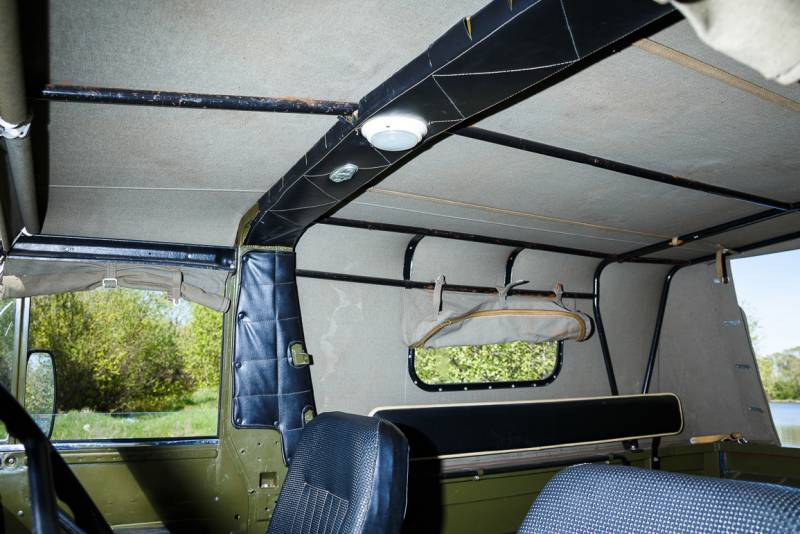
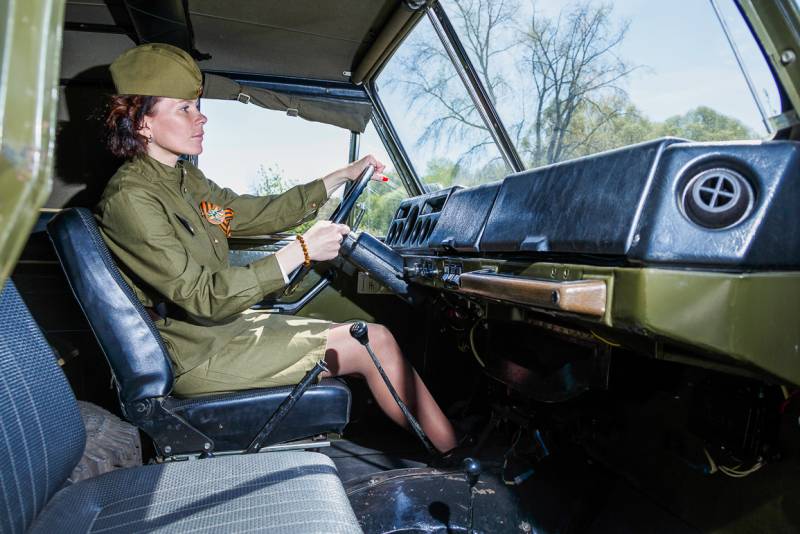
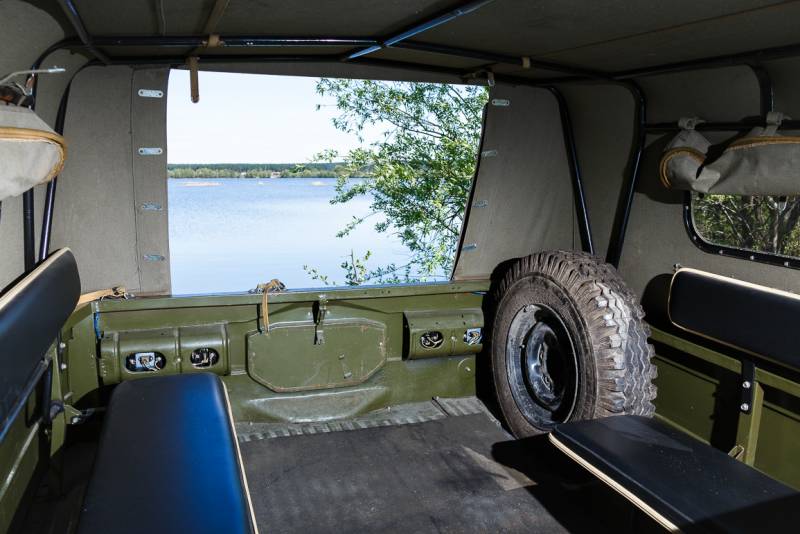
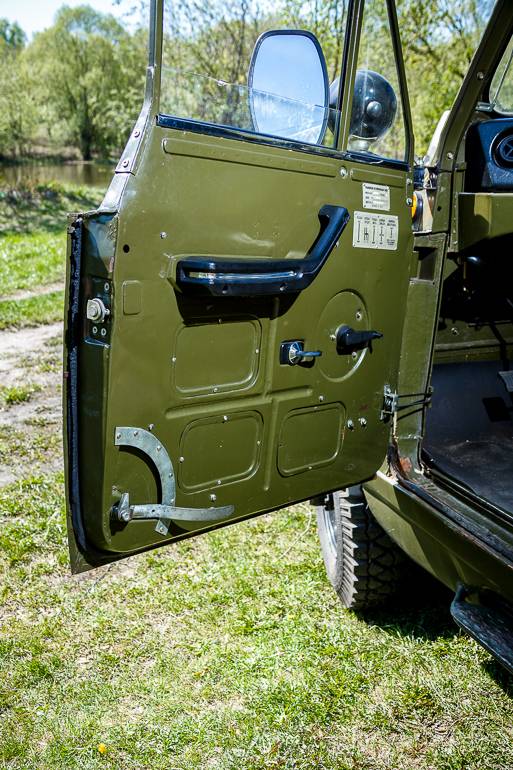
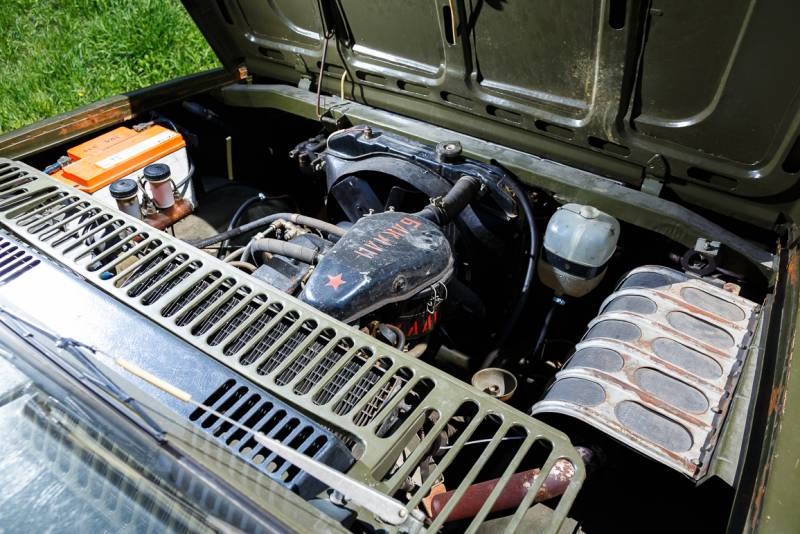
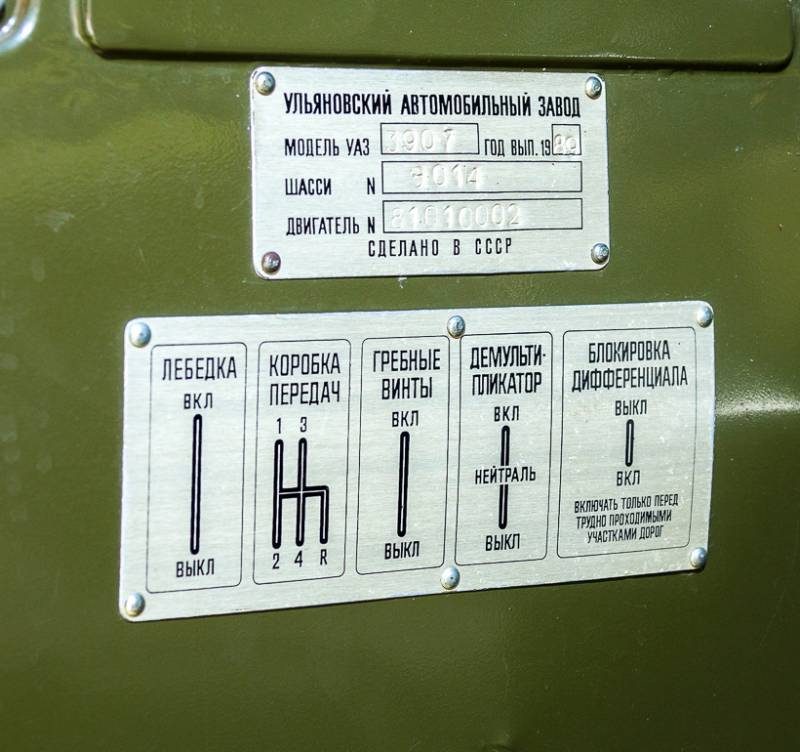
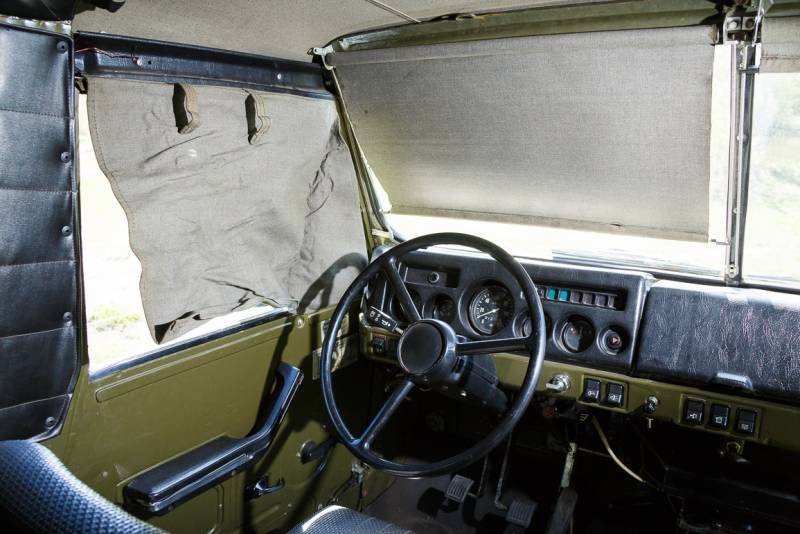
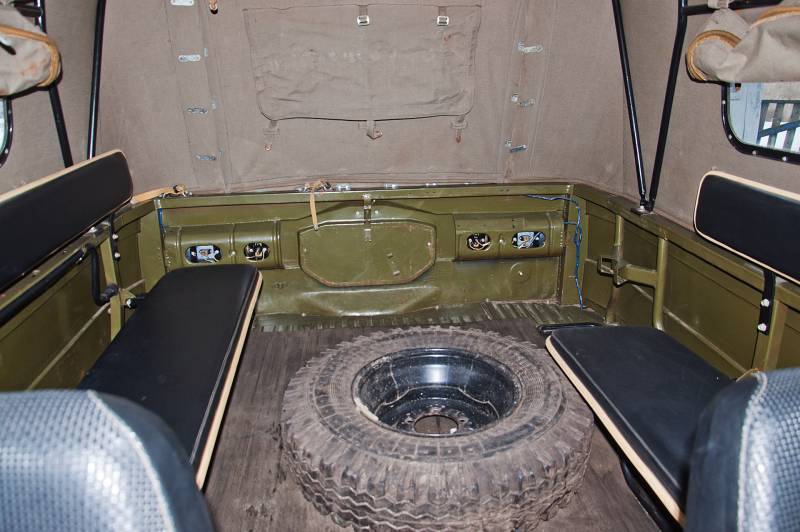
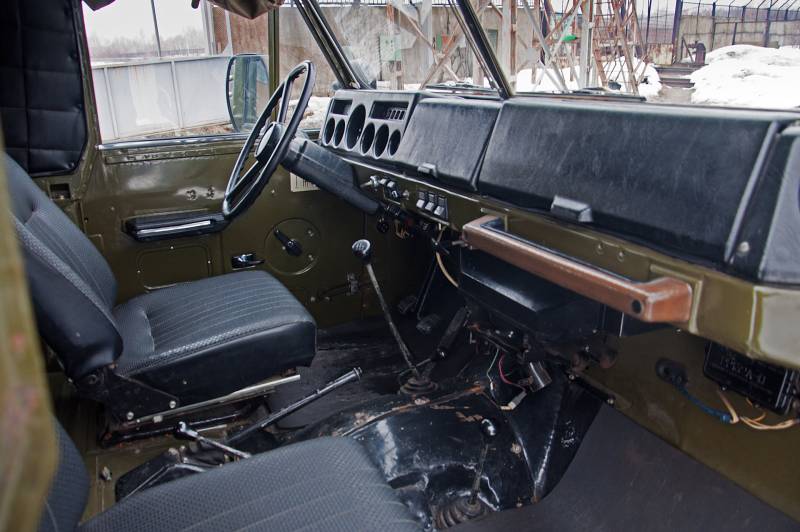
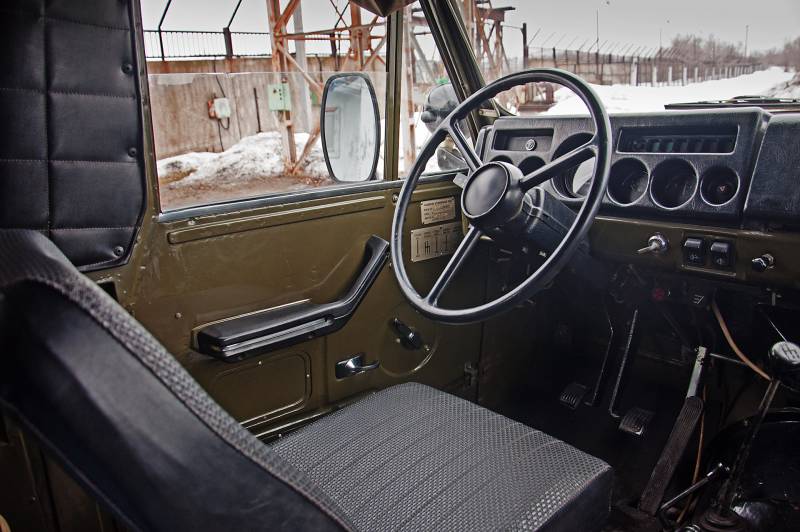
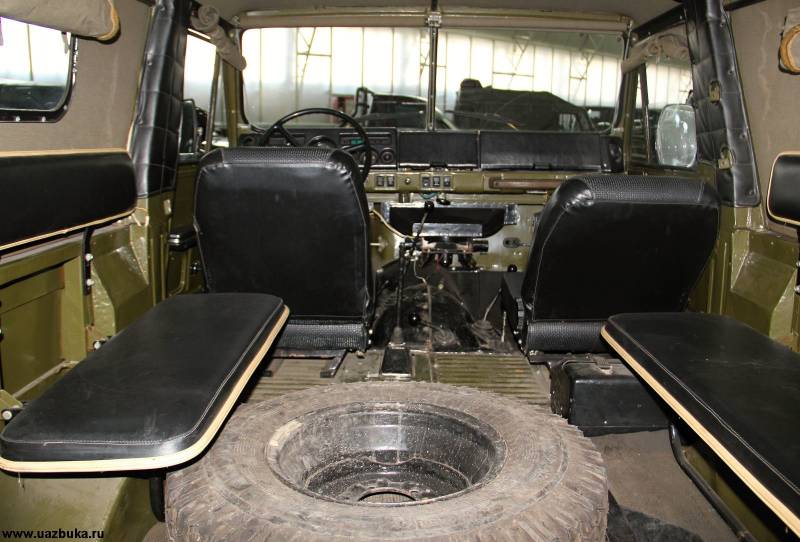
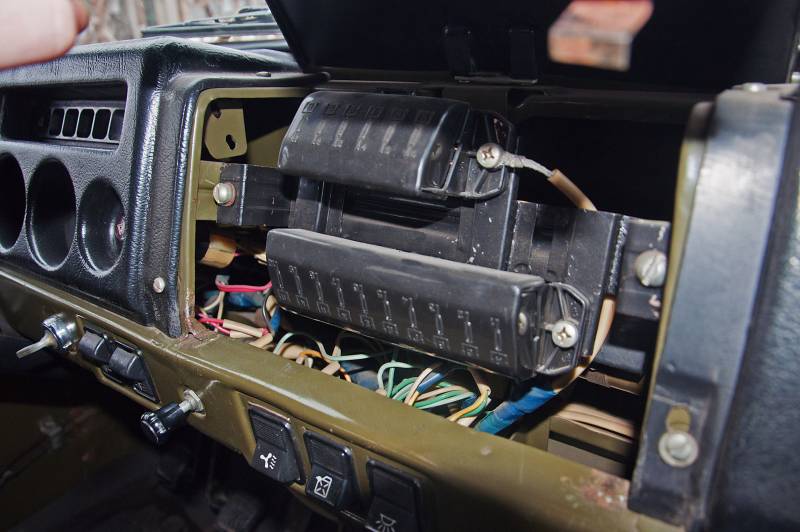
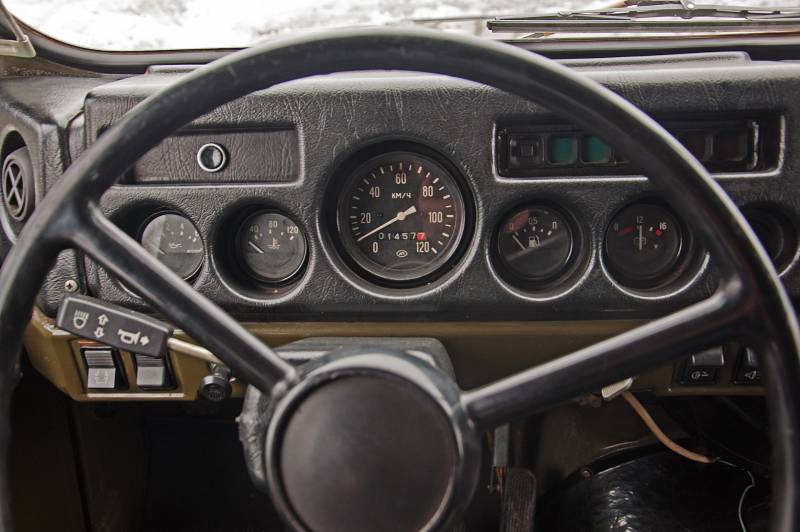
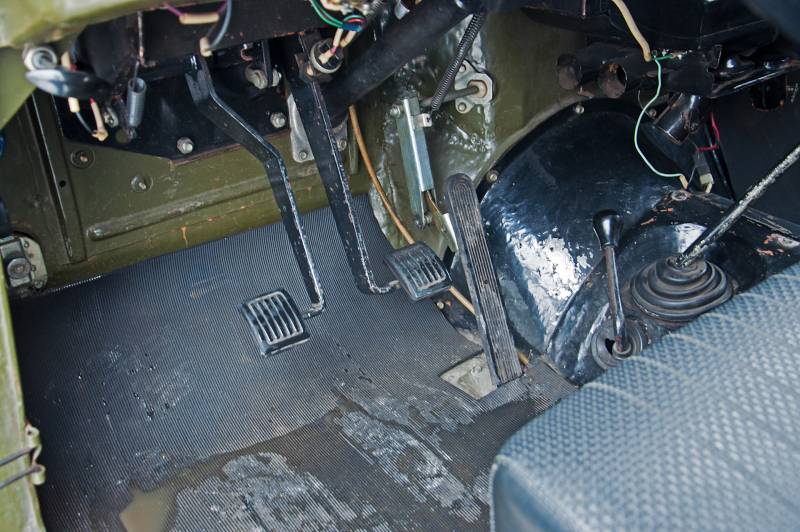
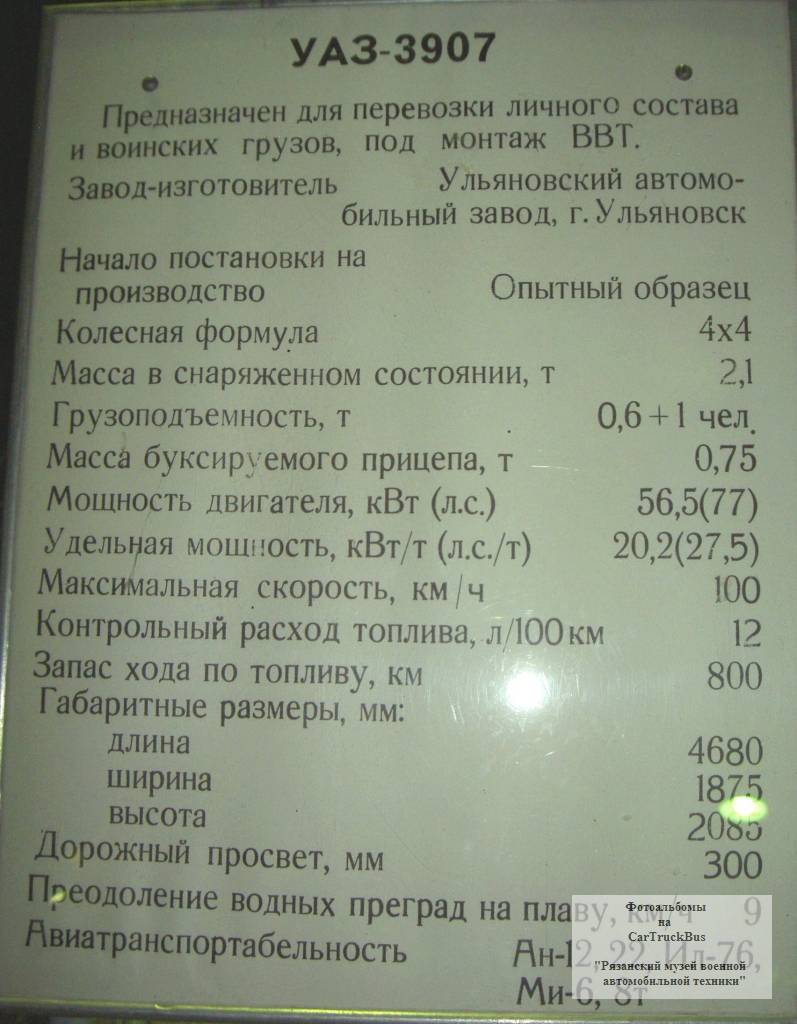
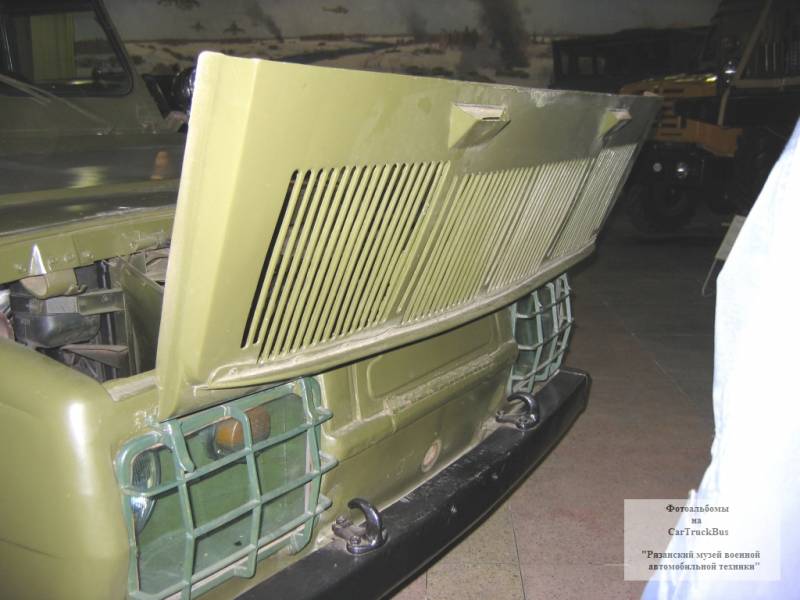
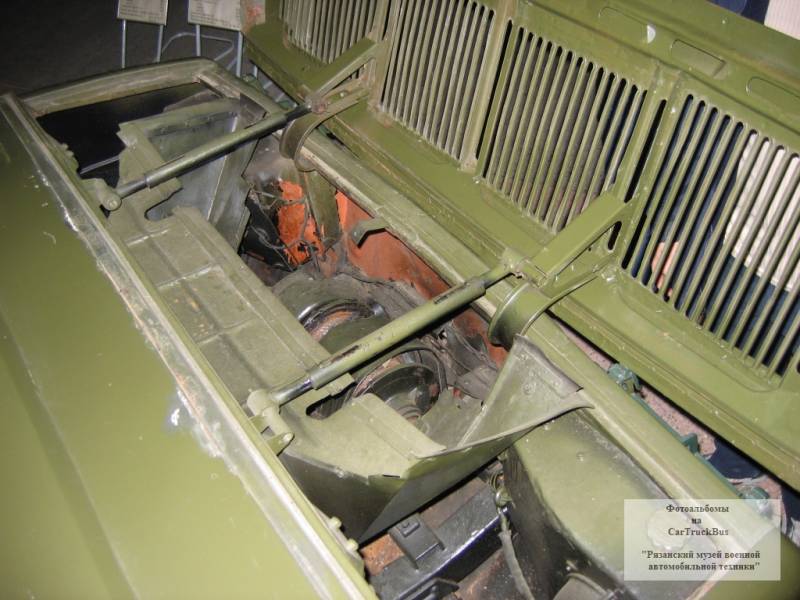
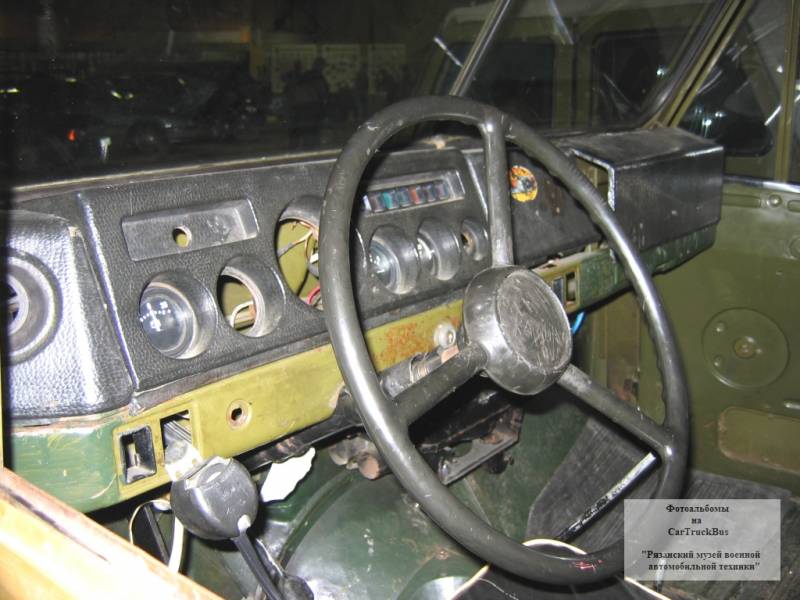
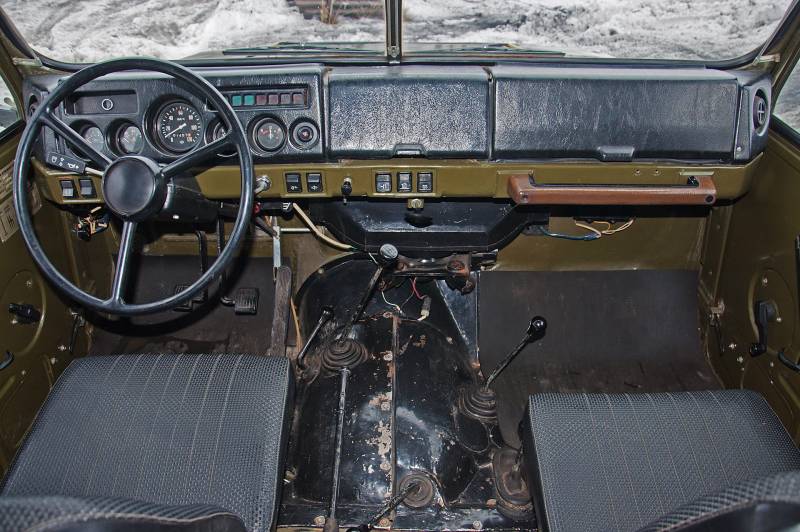
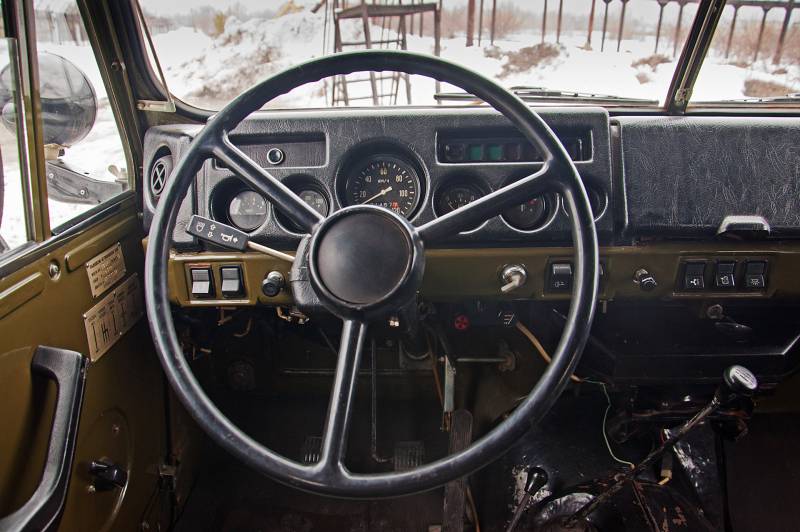
UAZ-3907. Interior and exterior in detail. Pay attention to the widespread use of components from the VAZ conveyor
I must say that for thirteen years of development (this, unfortunately, was the usual practice of developing technology in Soviet times), designers practically did not encounter difficulties in testing. Unlike the Tolyatti amphibian VAZ-2122, which for a long time annoyed by overheating of the motor, even the body had to be redrawn. On a floating UAZ, the problem of overheating of the motor was solved by turning back and forth air flows. The fence was made at the hinged windshield, and the exit on the edge of the hood, which was also reclining and served as a wave reflector. Although the long hood of the amphibian spoiled the appearance a little, it allowed to freely position the power unit, providing a place for cooling air flows. Tolyatti "River" was deprived of such luxury. And the rest of the “Jaguar” was more adapted to water procedures - the speed afloat up to 9 km / h against 4 km / h in the VAZ-2122, and the resistance to waves allowed us to confidently sail along the windy Volga. During the tests, the UAZ-3907 passed with the crew along the great river from Ulyanovsk to Astrakhan, since the power reserve of 300 hours allowed this to be done. At the same time, the Jaguar was quite useful on land. It accelerated to 110 km / h, could tow a trailer up to 750 kg and lagged a little off-road from its ancestors - UAZ-469 and -3151.
The products "Jaguar" and "River", in addition to the ability to swim, have one more thing in common - not one of them was adopted. In Ulyanovsk, only 14 cars were released, of which no more than 5-6 were left alive. UAZ did not even make, unlike VAZ, attempts to offer amphibian to civilian consumers. She was too military from the very beginning.
- Evgeny Fedorov
- zazsila.ru, cartruckbus.narod.ru, artstation.com, drive2.ru
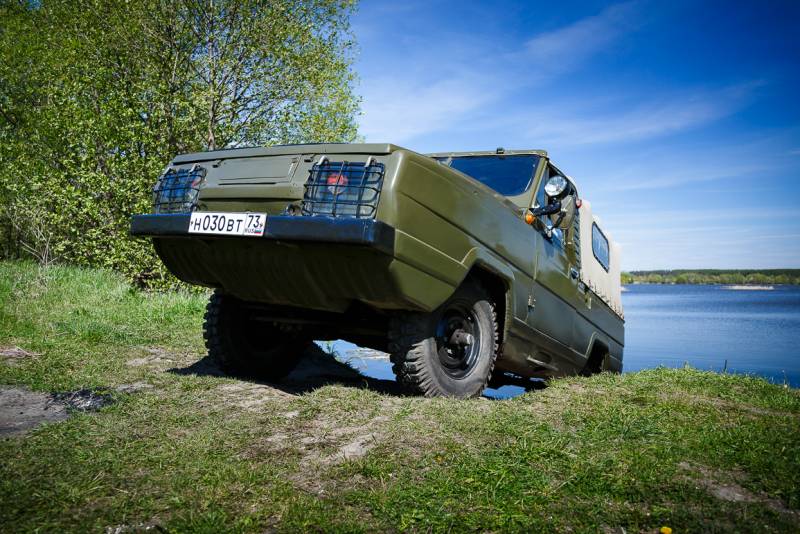
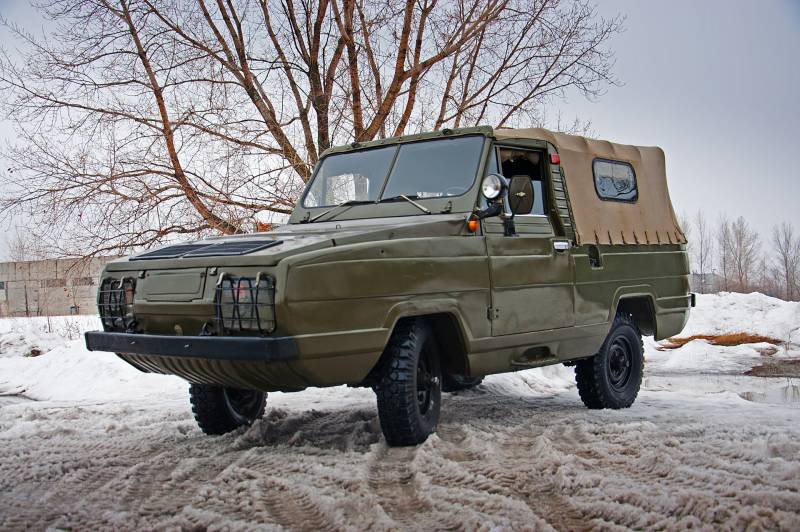
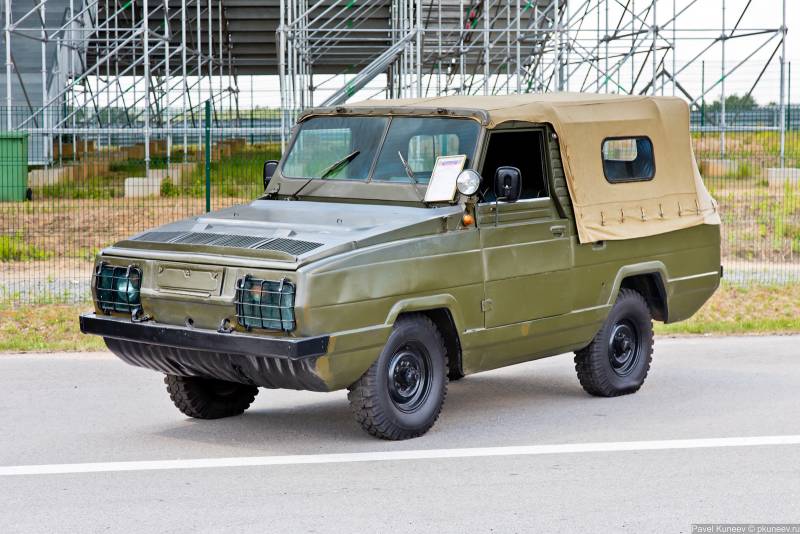
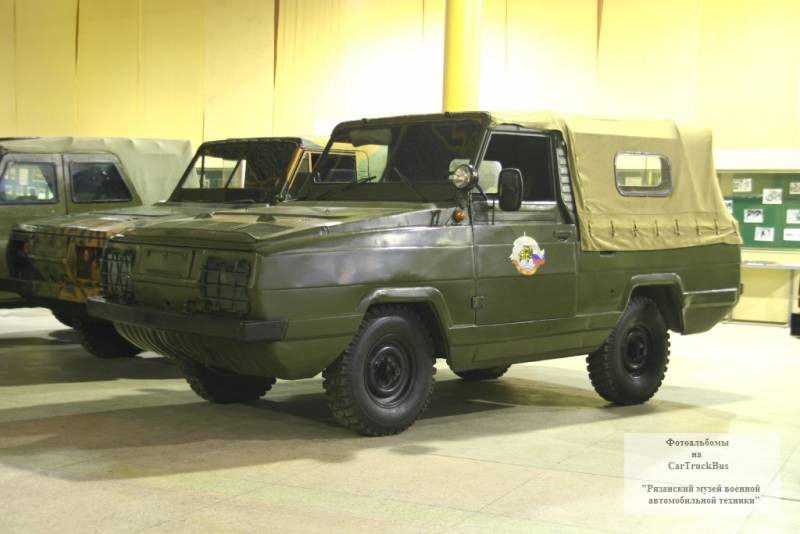
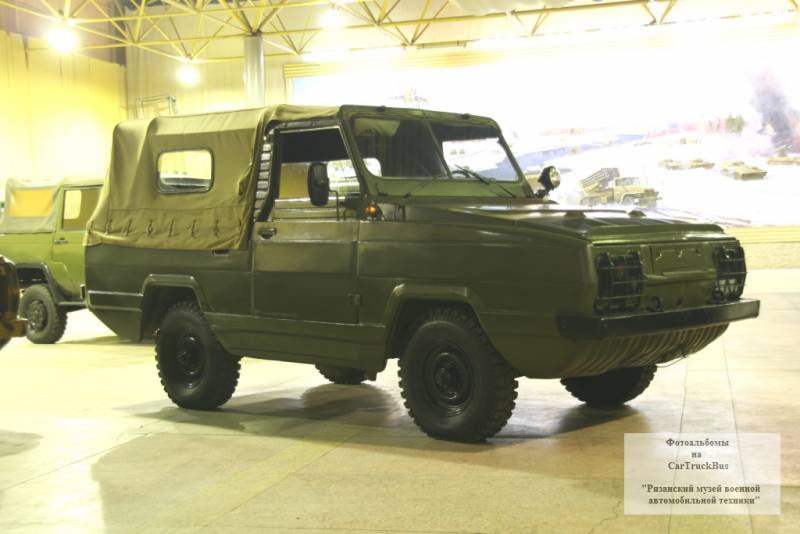
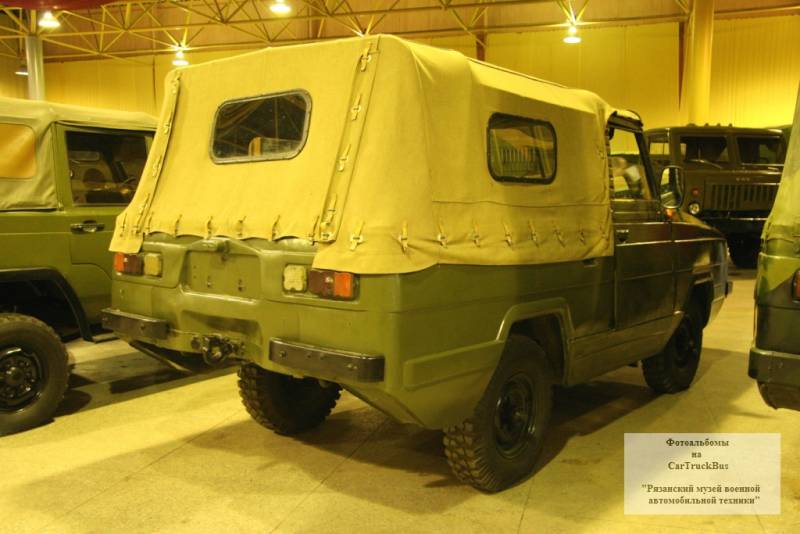
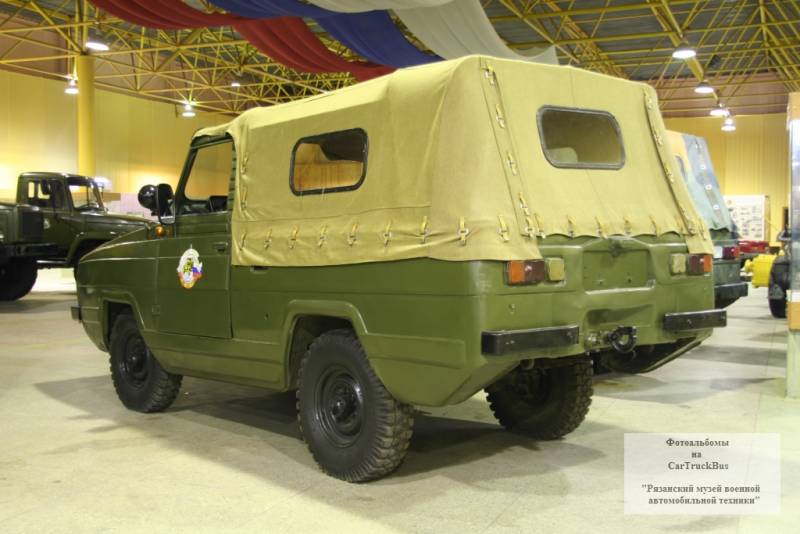
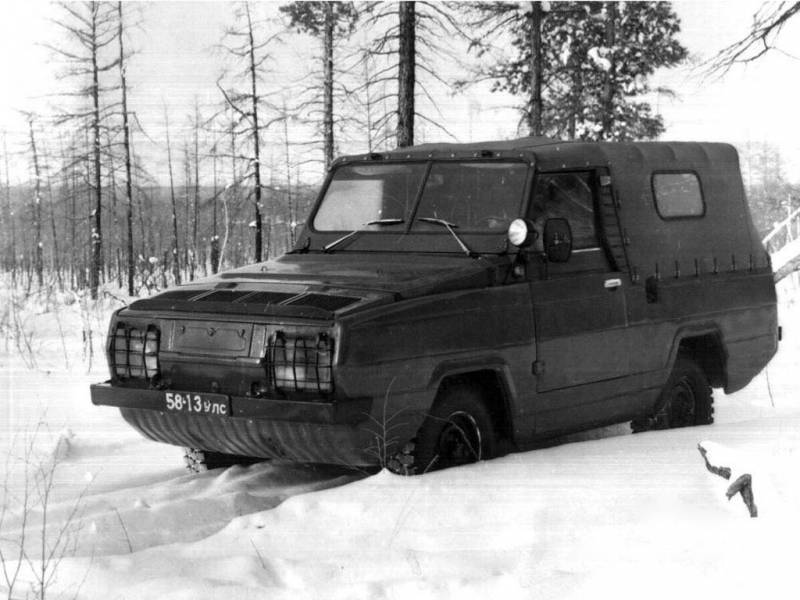
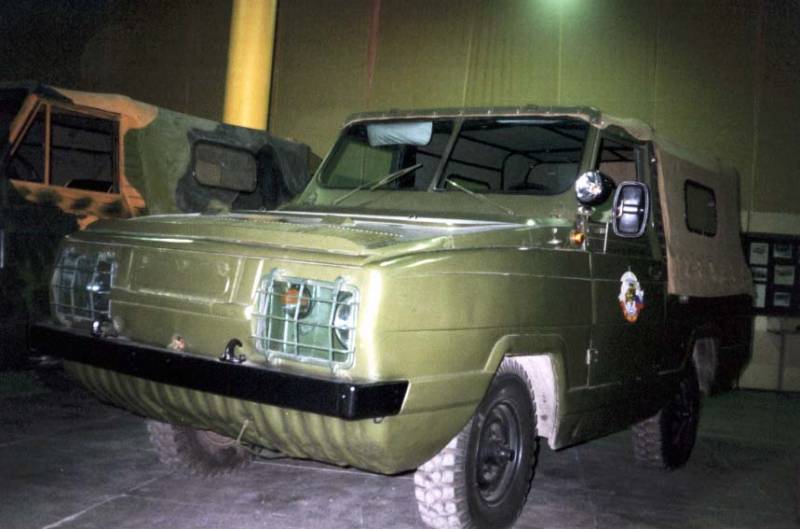
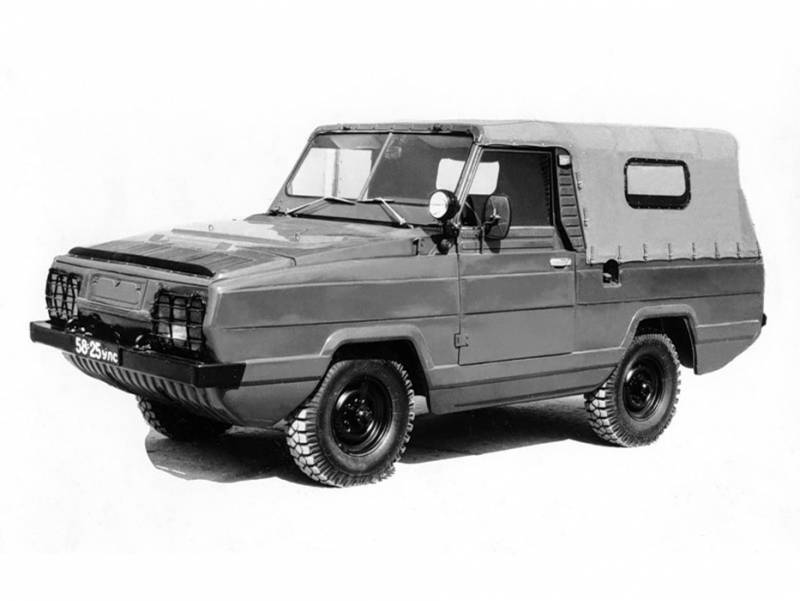
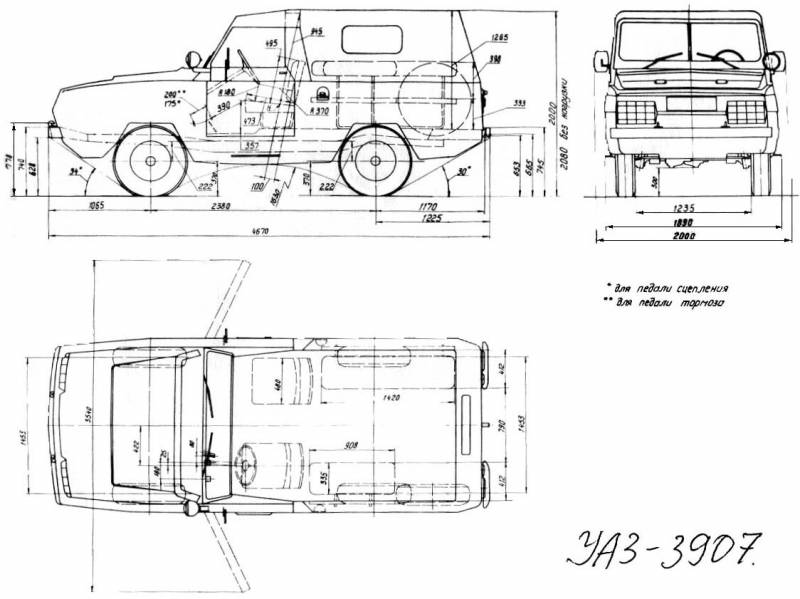
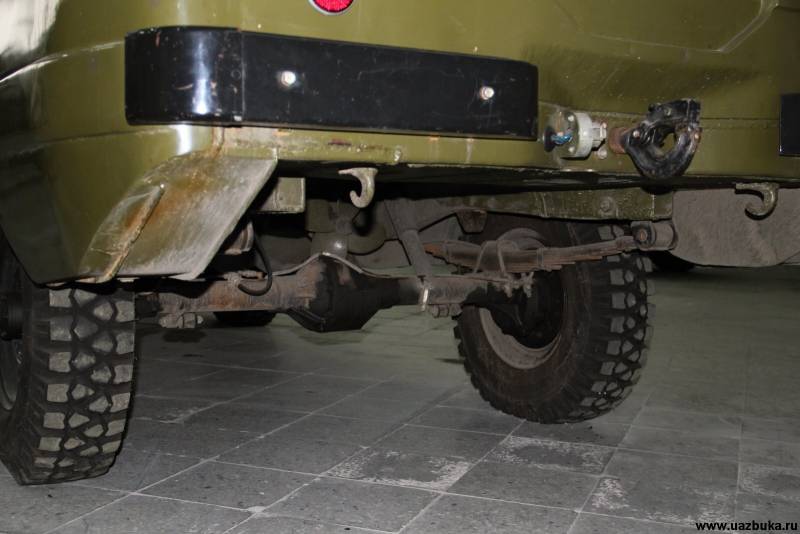
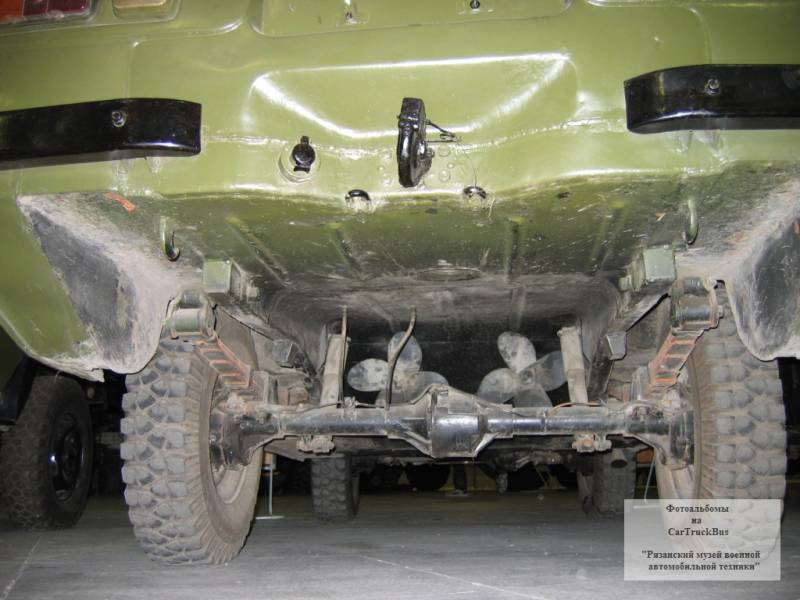
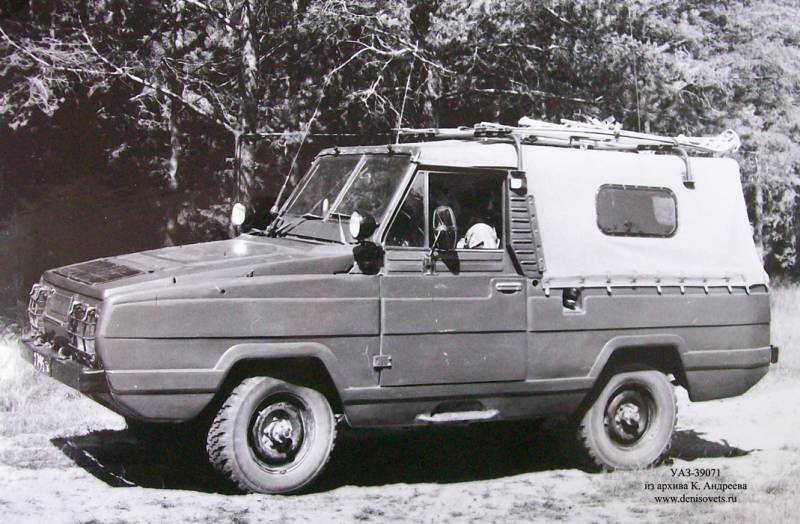
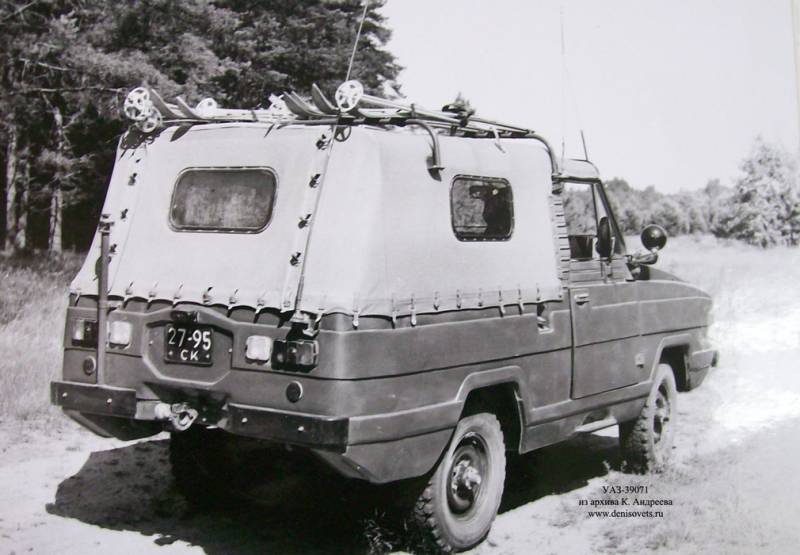
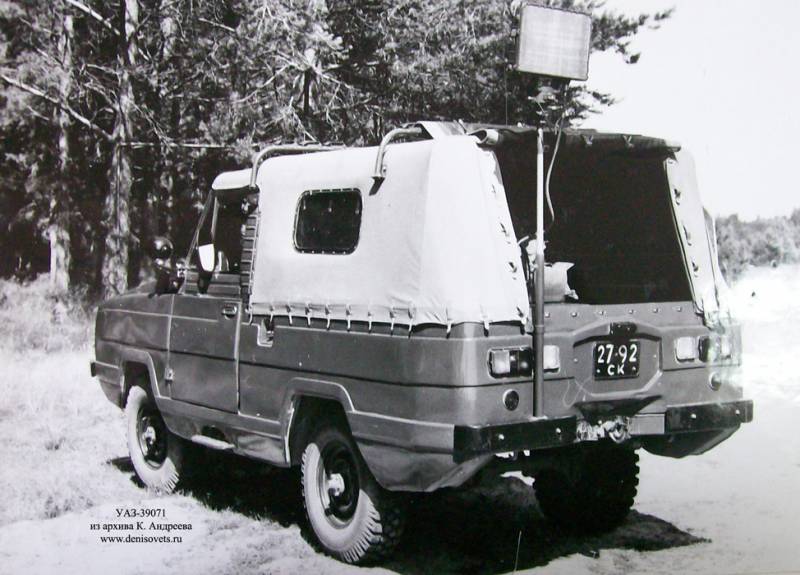
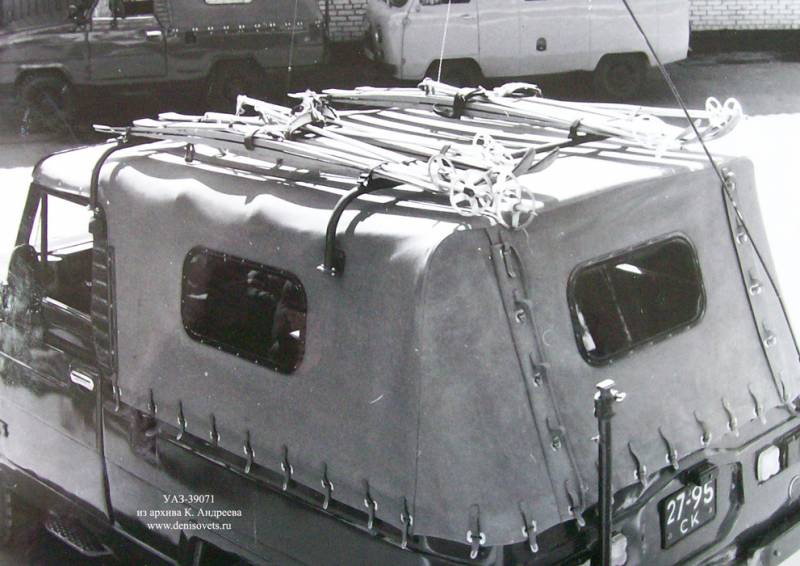
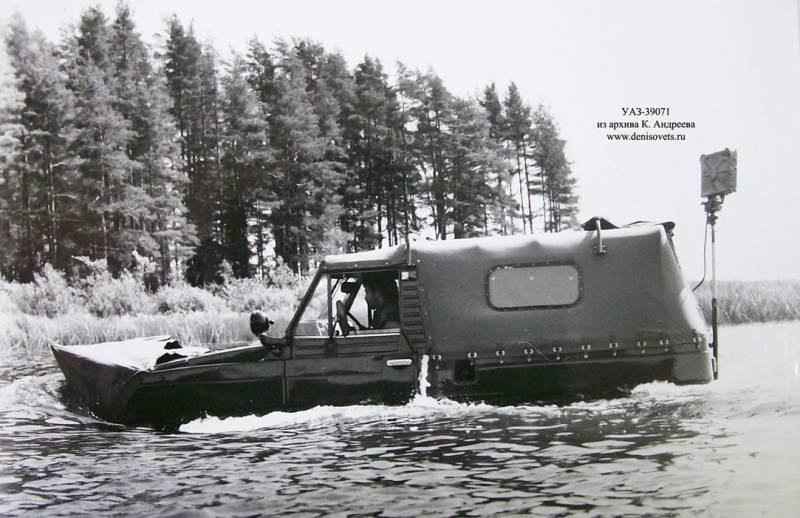
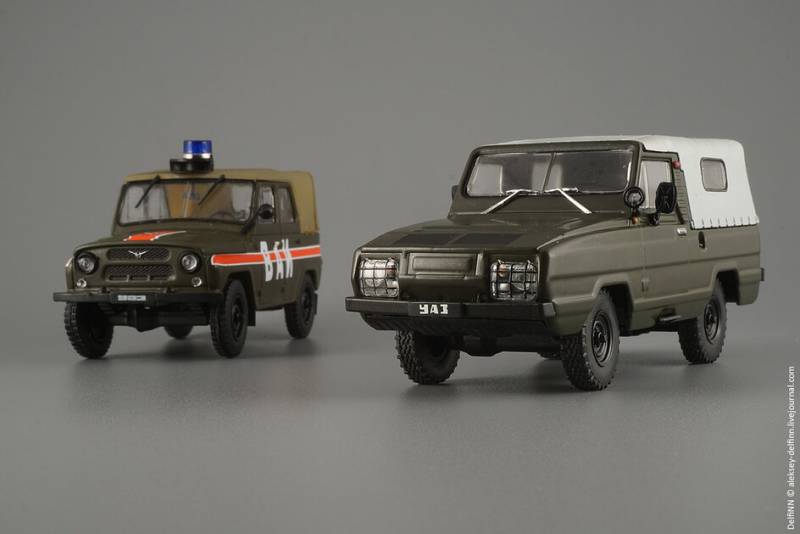
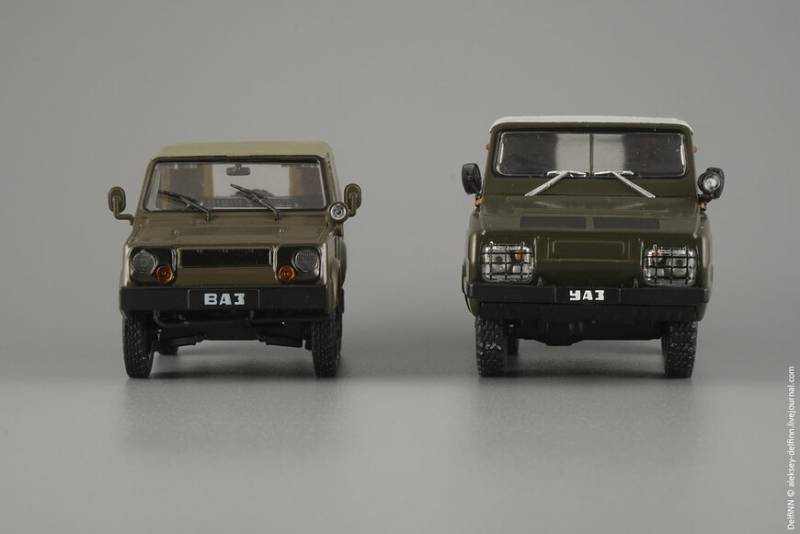
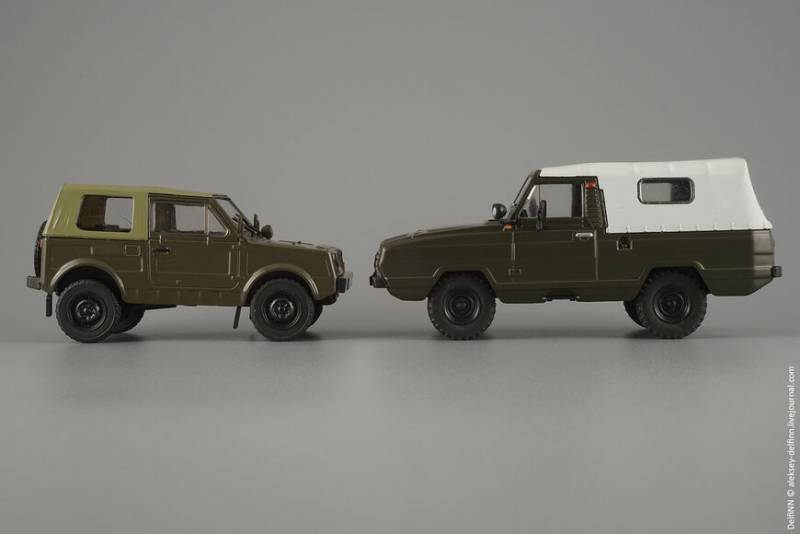
Information